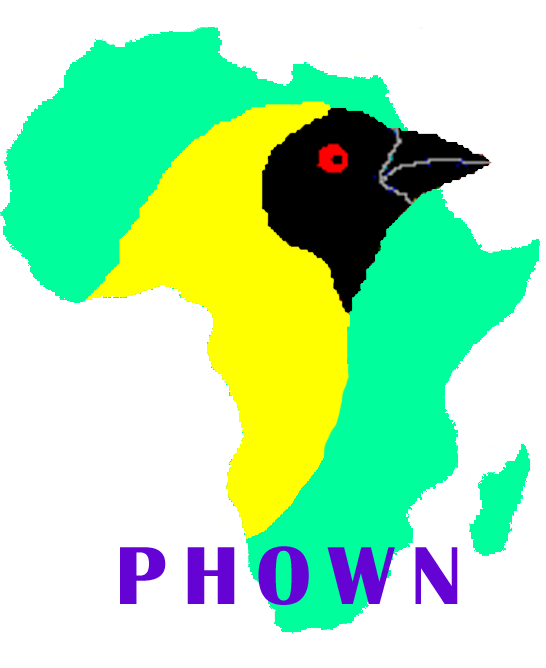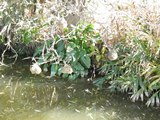Weaver news
| Sullivan MJP, Grundy J, Franco AMA. 2014. Assessing the impacts of the non-native Black-headed Weaver on native Acrocephalus warblers. Ibis 156:231-232 First paragraph. "Non-native species can have severe negative impacts on native biodiversity, but not all do. It is desirable to evaluate the risks posed by non-native species during the early stages of an invasion, when control measures are easiest. However, it is easier to evaluate impacts when an invasion is advanced, as more data are available, allowing competition to be identified with more confidence, so most studies investigating the impacts of non-native species are performed once the species is long established." (citations excluded) Many weaver species have been introduced to various parts of the world. Their effects on local birds have not often been studied. In this paper, the authors conducted fieldwork at four sites in Portugal from April to June 2012 to collect data the introduced Yellow-backed Weaver (Black-headed Weaver) Ploceus melanocephalus during the early stages of its invasion. This weaver has been suspected of competing with two ecologically similar native species, the Great Reed Warbler Acrocephalus arundinaceus and the Eurasian Reed Warbler A. scirpaceous. However, their work does not support the previous anecdotal suggestions of competition. They do recommend continued monitoring of the impacts of Yellow-backed Weavers, as negative impacts may occur when the weaver reaches higher population levels. A full paper on these findings are being prepared. Literature as featured in Weaver Watch news items |











